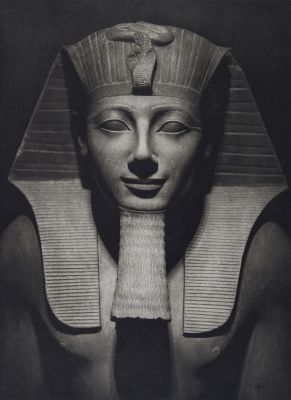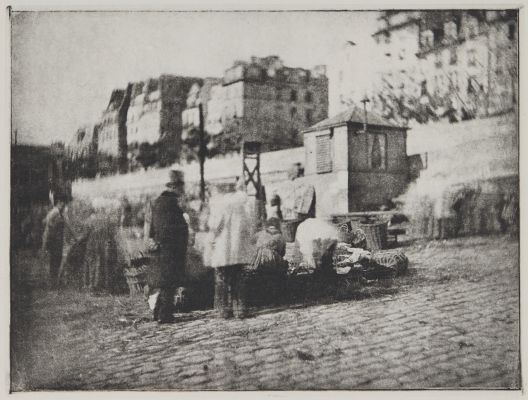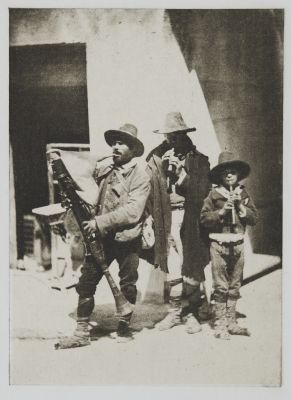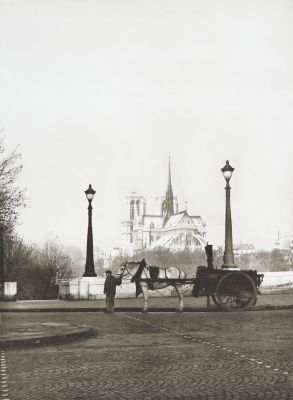
Title
Massacre de la quarantaine, BeyrouthArtist
Demulder, Françoise (French, 1947-2008)Date
1980 ca plate (1976 negative)Process
PhotogravureAtelier
Pierre Brochet a Beaumont du GatinaisImage Size
27 x 37.5 cmSheet Size
65 x 50 cm
18 January, 1976 Beirut, Lebanon. A Palestinian woman pleads with a Phalange gunman in the Karantina neighborhood of East Beirut (also known as La Quarantaine). That morning, Phalange militia had attacked and evicted the largely Palestinian refugee population of this district, setting their homes on fire and leaving hundreds dead. The Karantina massacre was one of the many violent incidents marking the first years of the Lebanese civil war.
French photojournalist Françoise Demulder (Paris 1947–2008) studied philosophy and went on to work side jobs ranging from modeling to checking press proofs in order to support her love of travel. Headed to Vietnam on a one-way ticket in the early 1970s, Demulder first arrived as a tourist. But with a growing desire to understand the situation there better, she decided to stay. In 1977 she told the Dutch Viva magazine: ‘The only way to earn a living was to make photos. I was not a photographer by any means, but there was a great need for photos from Vietnam. I sold about four photos a day to a press bureau, because they were the only ones who paid cash. There has never been as much work as there was then in Vietnam.’ Able to move freely around the country, Demulder trained as a war photographer in the field. She remained in Saigon after most foreigners were evacuated. On 30 April 1975 she achieved her first global exclusive when she photographed Vietcong tanks entering the city marking the end of the war. At a time when it was exceptional for women to work in the male-dominated field of war photography, Demulder was one amongst a talented group of French female photographers who carved out a place for themselves through their work in Vietnam. Along with Southeast Asia and the Middle East, she covered news in Cuba, Pakistan and Ethioia. Her work appeared internationally in such publications as Paris Match, Newsweek and Stern. Demulder was the first woman to win the World Press Photo of the year award in 1976. She passed away in 2008.
Pierre Brochet (1922-2016) was a French photographer, printer and educator. He specialized in antiquarian photographic processes and in the early 1980s played a significant role in the revival of photogravure in France. In 1985 Brochet started the L’association pour la photographie ancienne (APA) which specializes in the study and the practice of the antiquarian photographic processes, especially photogravure. Over the course of his career Brochet, in addition to his own work, executed photogravure projects for many institutions including the Musée Carnavalet, Fondation Claude Monet, Centre National Pompidou and from photographs by a whose who of French photographers including Nègre, Atget, Boubat, Puyo, Salgado and many others. Brochet’s atelier was located in his home in Beaumont-du-Gâtinais, France.











